In an age where electric transportation is becoming increasingly popular, skateboarding isn’t just for the young and agile anymore; it’s become an exhilarating hobby enjoyed by all, including our beloved seniors. This article serves as your comprehensive guide to safely navigating the streets on an electric skateboard, specially tailored to our elderly community. We will discuss everything from understanding the fundamentals of electric skateboarding, accurately assessing the risks involved, to choosing the right protective gear that ensures you remain unscathed while you indulge in this thrilling pastime.
What we’ll cover:
- Electric Skateboarding Basics
- Risk Assessment for Seniors
- Protective Gear Essentials
- Choosing Suitable Safety Equipment
- Safety Protocols for Electric Skateboarding
- Legal Aspects of Electric Skateboarding
- Handling Post-Accident Situations
- Tips for Commuting
Ready to embrace the thrill of gliding through your neighborhood streets safely? Let’s dive right in and show you how you can conquer the world of electric skateboarding as a senior!
Understanding Electric Skateboarding
The world of skateboarding has seen a significant evolution with the invention of electric skateboards. The traditional skateboard has been transformed into an innovative piece of technology that is not only enjoyed by the youth but is also gaining traction among seniors.
Electric skateboards, powered by batteries and controlled by a handheld remote control, offer a new way for seniors to stay active, have fun, and even commute short distances. The low-impact nature of electric skateboarding makes it an appealing choice for seniors looking for an exciting, yet safe, physical activity.
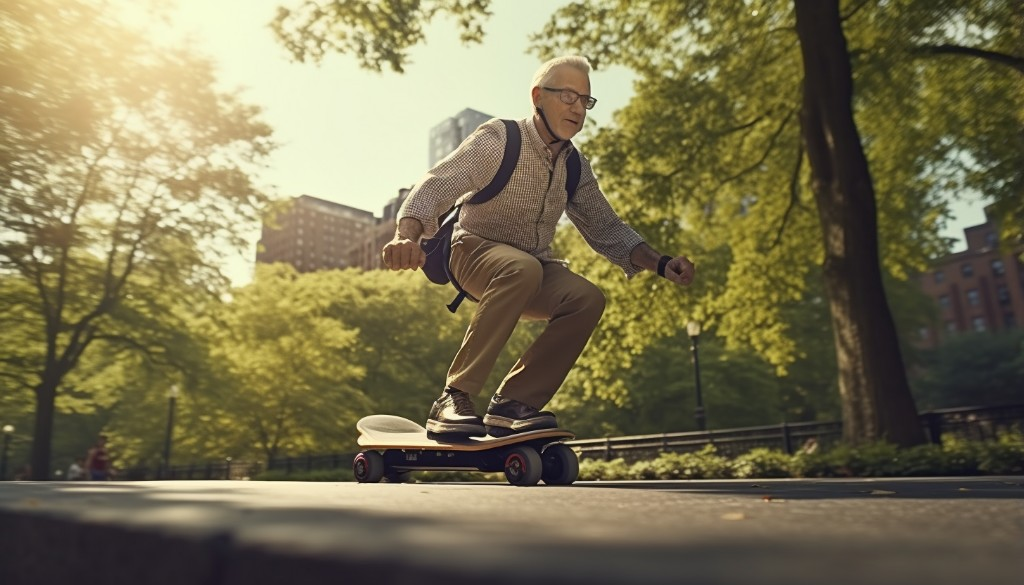
The last few years have seen marked advancements in electric skateboard technology. Modern electric skateboards are equipped with high capacity batteries, powerful motors, and advanced braking systems, all controlled by a compact remote control. This innovation has made them safer and more reliable than ever, enabling seniors to enjoy the thrill of skateboarding without the strenuous physical demands typically associated with the sport.
However, while electric skateboarding provides numerous benefits for seniors, it is not without potential challenges. These challenges can include learning how to balance on the skateboard, navigating obstacles, or mastering the remote control. It’s also important to consider the surface where you’ll be riding; uneven surfaces can pose a challenge for stability. But with some practice and patience, these obstacles can be overcome.
Evaluating the Risk of Electric Skateboarding for Seniors
While there’s plenty of fun to be had electric skateboarding, it’s essential to weigh the potential risks before hopping on board, especially for seniors where the risk of injury may be higher.
The risk related to electric skateboarding can be multifactorial. One of the major concerns is traffic collision since most electric skateboard riders share roadways or bicycle paths with vehicles and cyclists. Misjudging speed or failing to observe traffic rules can potentially lead to accidents. It is important for senior riders to understand and acknowledge this assumption of risk before stepping onto a skateboard.
Research suggests that electric skateboard accidents can occur due to various reasons such as loss of control, failure of equipment, or collision with other objects or people. Hence, it’s pivotal to understand that electric skateboards can be dangerous if not used responsibly.
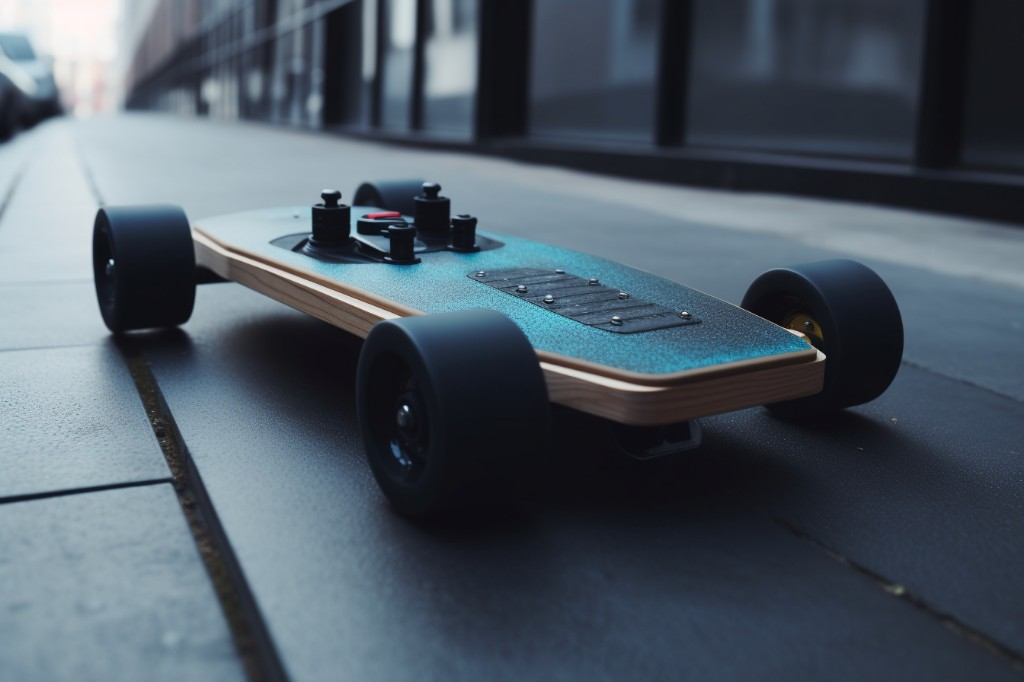
It’s also worth noting that while electric skateboarding doesn’t require as much physical exertion as traditional skateboarding, it does still pose a risk of injury. Falls from an electric skateboard can result in injuries like fractures or sprains. Therefore, learning to ride safely and responsibly is paramount.
The Importance of Wearing Protective Gear
When it comes to any form of skateboarding, one thing remains consistent – the importance of wearing protective gear. As fun as electric skateboarding can be, it’s essential to remember protection first.
Personal protective equipment can play a significant role in injury prevention when riding an electric skateboard. Protective gear such as helmets, knee pads, and elbow pads are crucial for minimizing the impact during a fall and can significantly reduce the chance of serious injury.
Helmets are non-negotiable as they protect against head injuries which can be severe or even fatal. Knee pads and elbow pads shield these sensitive joints from scrapes or fractures during a tumble. For additional protection, some riders also opt for wrist guards to prevent strains and fractures; these injuries are common as people tend to try to stop a fall with their hands.
Some brans also offer additional protective items such as padded shorts, jackets and back protectors. Seniors, whose bones may not be as strong as they used to be, may benefit from having as much protective gear as possible.
Remember, protective gear should fit properly and be comfortable to wear. Ill-fitting gear may not provide adequate protection and could even increase the risk of injury.
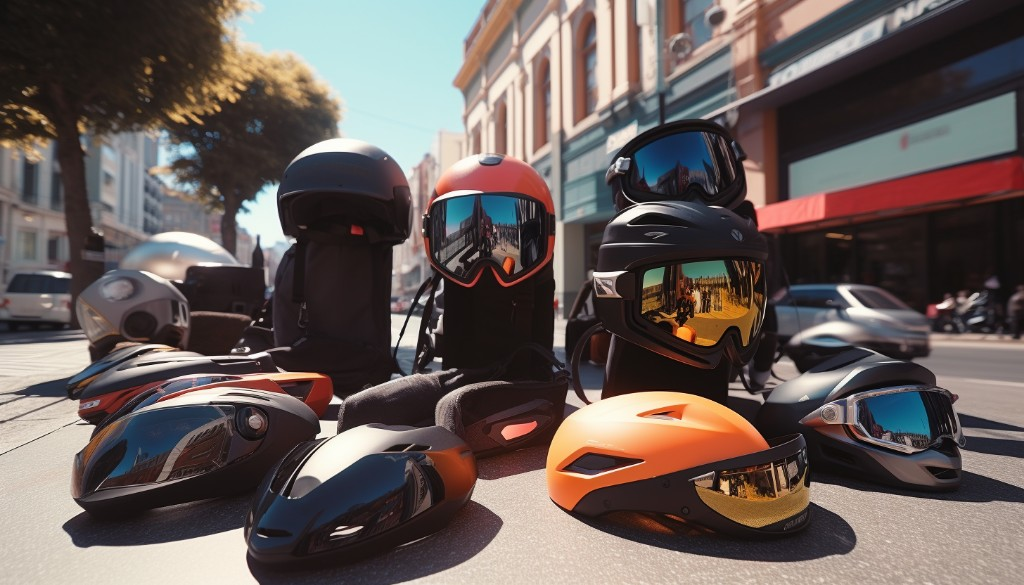
Choosing the Right Protective Gear
Let’s dig deeper into the world of protective gear. Picture this: you’re about to get on your electric skateboard for an exciting ride across town. But before you get going, you need to grab your protective gear. What should you reach for? The helmet? Knee pads and elbow pads? The answer is… all of it. Every piece plays a crucial role in keeping you safe.
First off, let’s talk about the helmet. Why is it important to wear a helmet? Well, imagine you’re cruising down a busy street. You hit an unexpected bump and lose balance. Your head takes a hard hit to the concrete. Now, picture the same scenario, but this time, you’re wearing a bicycle helmet. The helmet absorbs most of the impact, protecting your soft skull and delicate brain tissue from potential harm. A simple decision to wear a helmet can be a lifesaver.
Next, we take a look at knee pads and elbow pads. These are just as critical as helmets when riding an electric skateboard. Sure, a skinned knee or elbow can heal over time, but why chance it when you have the option to protect yourself better? Knee pads and elbow pads cushion your joints from heavy blows, minimising injuries during accidental falls.
When you trip or fall, your instinctive reaction is to put out your hands or drop to your knees. It’s an automatic defense mechanism to protect your face and core body. But without the right protective gear, this action can cause painful scrapes, cuts, or even fractures to your elbows and knees. Knee pads and elbow pads act as a barrier between your body and the hard ground, reducing the risk of injury.
Now that you understand why it’s important to wear a helmet, knee pads, and elbow pads let’s talk about choosing the right ones for your electric skateboard journey.

The Helmet
When selecting a helmet, prioritize fit and comfort over style. A loose helmet can slide off during a fall, rendering it useless. Conversely, a too-tight helmet can cause discomfort and headaches. Aim for a snug yet comfortable fit where the helmet stays positioned without squeezing your head too much.
Knee Pads and Elbow Pads
Much like helmets, knee and elbow pads should also fit properly. They need to cover your knees and elbows completely without restricting movement. Look for adjustable straps that allow customization to your size. Remember, comfort is key — you’re more likely to consistently use knee pads and elbow pads if they feel good on.
Safety Measures When Riding an Electric Skateboard
Now that we’ve covered protective gear, let’s move on to another essential part of electric skateboard safety — riding precautions.
One of the most important safety measures when riding an electric skateboard is maintaining an assured clear distance ahead. This means always keeping enough distance between yourself and any objects or people in front of you so that you can stop safely if need be.
When you ride your electric skateboard, it’s crucial to understand how to use the brake effectively. Electric skateboards often have different braking mechanisms compared to conventional skateboards. Some use hand-held remote controls while others use weight-sensing technology for braking. Familiarize yourself with the braking system before hopping on your board.
Another vital aspect of staying safe while riding an electric skateboard is adhering to speed limits. Though electric skateboards can reach impressive speeds, it doesn’t mean you should always go full throttle. High speeds can reduce your reaction time and increase the risk of accidents.
To sum up how to be safe while riding an electric skateboard:
- Always maintain an assured clear distance ahead.
- Understand your board’s braking mechanism.
- Stick to safe speed limits.
By following these precautions along with using the right protective gear — helmet, knee pads, elbow pads — you can enjoy your electric skateboard ride with peace of mind!

Laws and Legalities Around Electric Skateboard
Electric skateboarding is fast becoming a popular mode of transportation, especially in urban areas. However, along with the rise in popularity comes the need for clear understanding of the laws and legalities around electric skateboarding. Electric skateboard riders have legal obligations, and in case of accidents, they could face potential liabilities.
Understanding your legal responsibilities as an electric skateboarder is vital for many reasons. For one, it ensures you adhere to regulations and avoid unnecessary fines or penalties. Additionally, it’s an important aspect in keeping public spaces safe to ride for everyone involved. This includes pedestrians, cyclists, other electric skateboarders, and even motorists.
There are specific laws that pertain to electric skateboarders. These regulations can vary depending on your location but commonly include age restrictions, speed limits, and necessary safety equipment such as helmets or lights. Other considerations include where it’s safe to ride and at what times of the day.
When it comes to legal liability in case of accidents, things can be a bit more complex. This could involve determining who is at fault, whether the accident was due to negligence or inadequate safety measures, or if there was any violation of the law at the time of the accident.

Exploring the Electric Skateboard Technology
Electric skateboards have evolved and improved tremendously over the years. Among the key features are advancements in battery technology and the incorporation of remote controls that provide riders with greater control and ease of use.
At the heart of any electric skateboard is its battery. The majority of electric skateboards use a lithium-ion battery due to its high energy density and rechargeability. This type of electric battery can provide enough power to propel the board forward at speeds that can match or even exceed those of traditional skateboards.
A critical aspect to remember when using an electric skateboard is to periodically check the battery. This is especially important before you start your ride. Ensuring your battery has sufficient charge can prevent unexpected stops mid-route and make your rides smoother and more enjoyable.
The remote control is another integral feature of modern electric skateboards. It allows riders to control speed, apply brakes and oftentimes even monitor battery levels. This handheld device gives riders an extra level of convenience and safety, allowing them to focus more on their surroundings while riding.
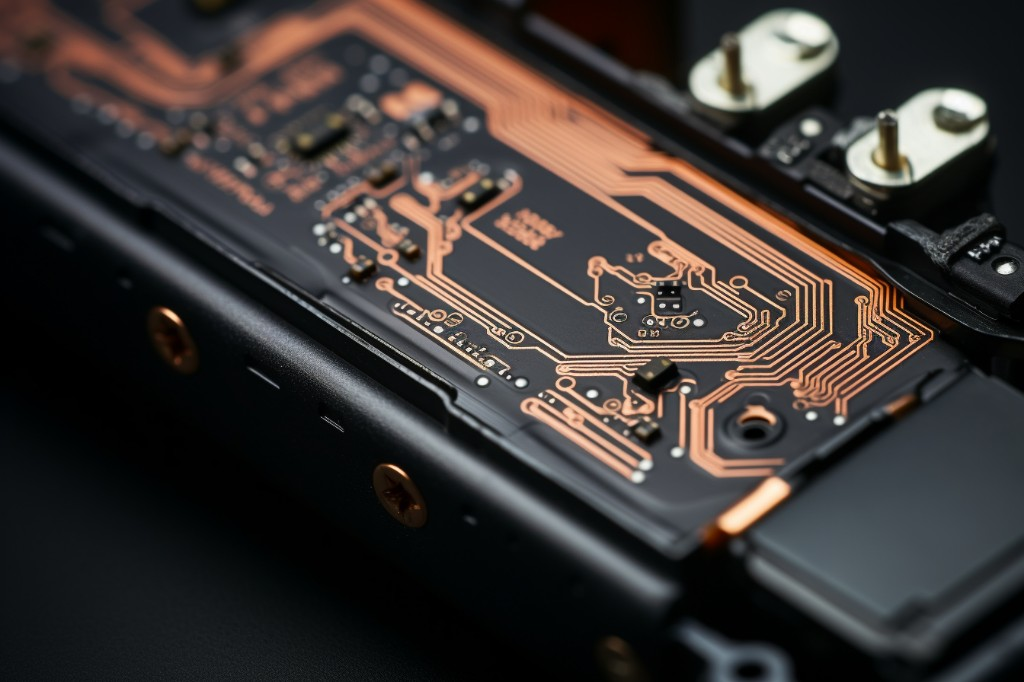
Safety Tips for Riding at Night
Riding your electric skateboard at night can be an exhilarating experience, but it also comes with certain risks. Darkness reduces visibility for both the rider and others on the road. However, by following some safety tips, you can ensure your nocturnal adventures are both fun and safe.
One essential piece of equipment for nighttime riders is a headlamp. A headlamp provides forward-facing light that helps riders see what’s ahead, while also making them more visible to others on the road. Along with a headlamp, additional automotive lighting can also be beneficial. This can include taillights , side lights or even low lights to ensure visibility from all angles.
Aside from lighting equipment, there are other safety tips you should follow when riding your electric skateboard at night. Always wear reflective clothing or accessories to enhance visibility. Stick to well-lit paths whenever possible and avoid areas with poor lighting. Always keep a slower speed at night compared to daytime riding because obstacles can appear more suddenly in diminished light.
By taking these precautions, you can enjoy the thrill of night-time rides while reducing potential risks. The combination of following local laws, understanding your board’s technology, and practicing safe riding habits will ensure every ride on your electric skateboard is a positive experience.
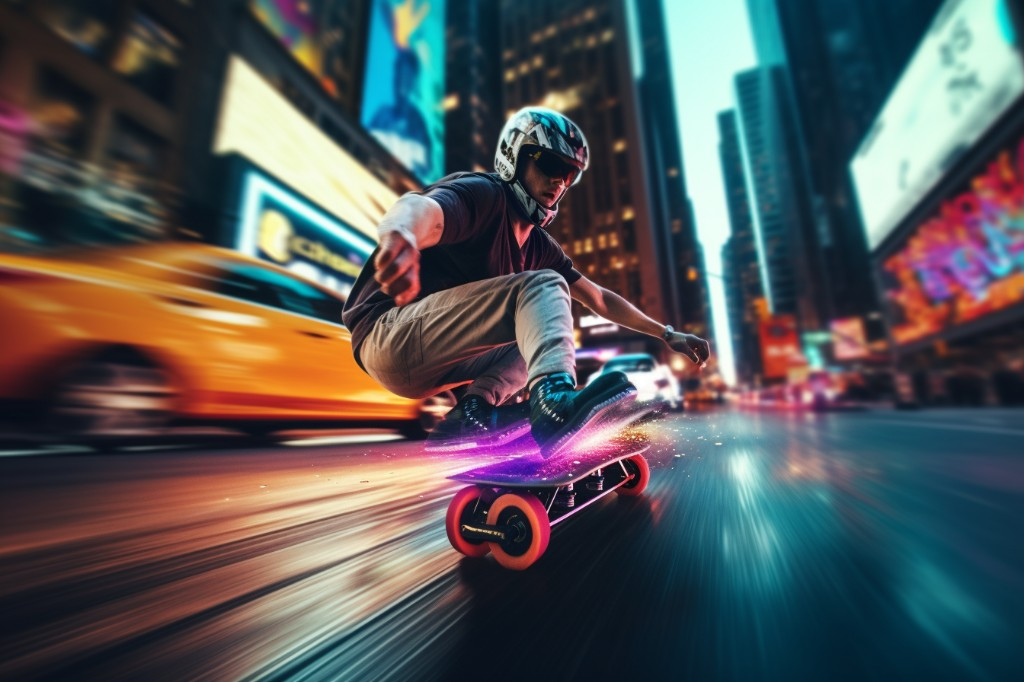
In Case of Accidents: Handling Injuries and Legalities
When it comes to accidents, especially those involving inexperienced riders, it’s crucial to understand the potential injuries that may occur and how to handle such situations. Accidents on electric skateboards can result in anything from minor abrasions to severe injuries such as bone fractures, concussions, and head injuries.
Handling Bone Fractures
Bone fractures are common injuries incurred by skateboarders. Falling off your skateboard or colliding with objects or other riders can lead to fractures in the wrist, arm, or leg. If you suspect a bone fracture, the first step is to immobilize the affected area and seek immediate medical attention. Never try to realign a broken bone by yourself, as it may lead to further complications.
Dealing with Concussions
A concussion is another potential injury from electric skateboarding accidents. Symptoms can range from a mild headache to severe cognitive impairment. If a rider exhibits signs of confusion, dizziness, memory loss, or loss of consciousness, it’s vital to seek medical help promptly.
Head Injuries: An Ounce of Prevention
Head injuries are the more severe and worrisome injuries associated with skateboarding. It’s critical to wear protective gear such as helmets to minimize the risk of serious head trauma. Even if a rider feels fine after a fall, it’s advisable to undergo a medical checkup to rule out any internal injuries.

Tips for Commuting with an Electric Skateboard
Using an electric skateboard for commuting can be both fun and practical, but it’s essential to be well-informed about safety considerations and traffic rules.
Safety First: Electric Skateboard Safety Tips
When commuting on an electric skateboard, safety should always be your top priority. Here are some electric skateboard safety tips:
- Always wear protective gear: This includes helmets, knee pads, elbow pads, and wrist guards.
- Regular maintenance: Check your skateboard for any damages before each ride.
- Be visible: Wear bright clothes or use lights when riding at night.
- Stick to designated paths: Avoid riding on busy roads whenever possible.
Understanding Traffic Rules
As an electric skateboard user, it is your responsibility to understand and abide by local traffic rules. These might differ based on your location but generally include:
- Riding on the correct side of the road.
- Giving way to pedestrians.
- Remaining alert and aware of your surroundings at all times.
- Not riding under the influence of alcohol or drugs.
Commuting Considerations
When using your electric skateboard for commuting, consider factors like distance, terrain, and weather conditions:
- Distance: Electric skateboards are great for short-to-medium distances but take note of your board’s battery life so you don’t get stranded.
- Terrain: Not all skateboards handle all terrains well, so choose your route wisely.
- Weather conditions: Wet or icy conditions increase the risk of accidents as surfaces are slippery. Consider skipping the skateboard if conditions are poor.
 Closing Thoughts
Closing Thoughts
Navigating the world of electric skateboarding can be a thrilling journey that comes with its own set of challenges – especially for seniors. Understanding electric skateboarding is paramount to riding safely and maximizing its benefits. Evaluating the risks for seniors involves a consideration of physical health, balance, and agility. The importance of wearing protective gear cannot be overstated. It’s not just about choosing the right protective gear, but understanding how it serves as a barrier between you and potential harm.
Safety measures extend beyond gear, demanding a consciousness about one’s surroundings and knowing how to skillfully operate the skateboard. Unfortunately, accidents can occur, and knowing how to handle injuries and the associated legalities is crucial. Incorporating these tips into your skateboarding experience will certainly make commuting with an electric skateboard much safer and smoother.
Frequently Asked Questions
Is it safe for seniors to ride an electric skateboard?
While riding an electric skateboard can be a fun and efficient mode of transportation, it also comes with risks – particularly for seniors. It’s important for seniors to assess their physical health, balance, and agility before taking on electric skateboarding. With proper safety measures, including wearing the right protective gear, it can be enjoyed safely.
What type of helmet is best for senior electric skateboard riders?
The best type of helmet for senior electric skateboard riders is one that fits properly, is comfortable to wear, and meets safety standards. Look for helmets approved by safety organizations, featuring robust construction, adjustable fit systems, and adequate ventilation.
What should I do if I get injured while riding an electric skateboard?
If you get injured while riding an electric skateboard, seek immediate medical attention. Contact someone who can help you get to a healthcare facility. Afterwards, document the incident including any factors that may have contributed to the accident.
What are the legal implications if I get into an accident while riding my electric skateboard?
Legal implications of an accident while riding an electric skateboard can vary depending on local laws and circumstances of the accident. In certain cases, you could be held liable for damages or injuries caused during the accident. It’s recommended that you consult with a legal professional in your area for specific advice.
Are there any specific traffic rules for riding an electric skateboard?
Traffic rules for riding an electric skateboard can vary by location. It’s important to research and understand the specific laws in your area. Some common rules may include where you can ride your skateboard (like on roadways or bike lanes), speed limitations, and requirements for protective gear.
